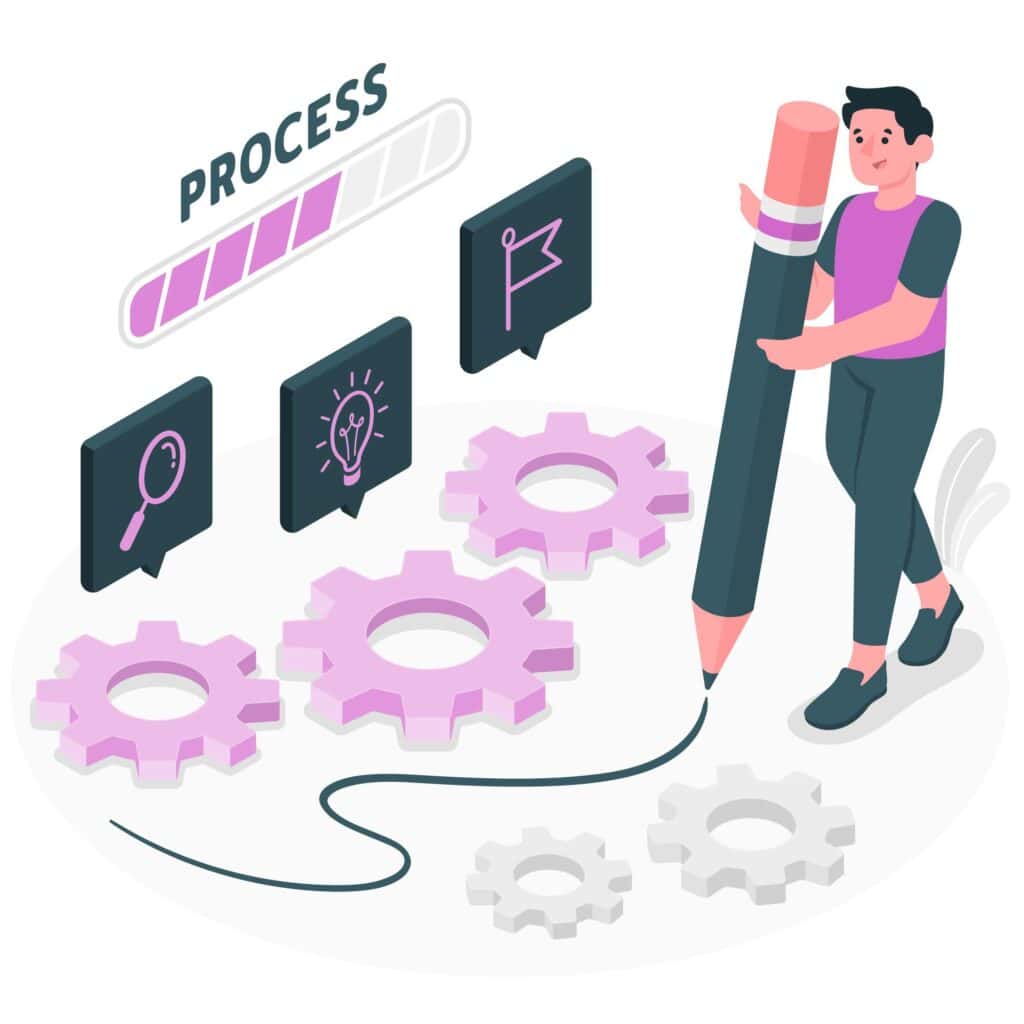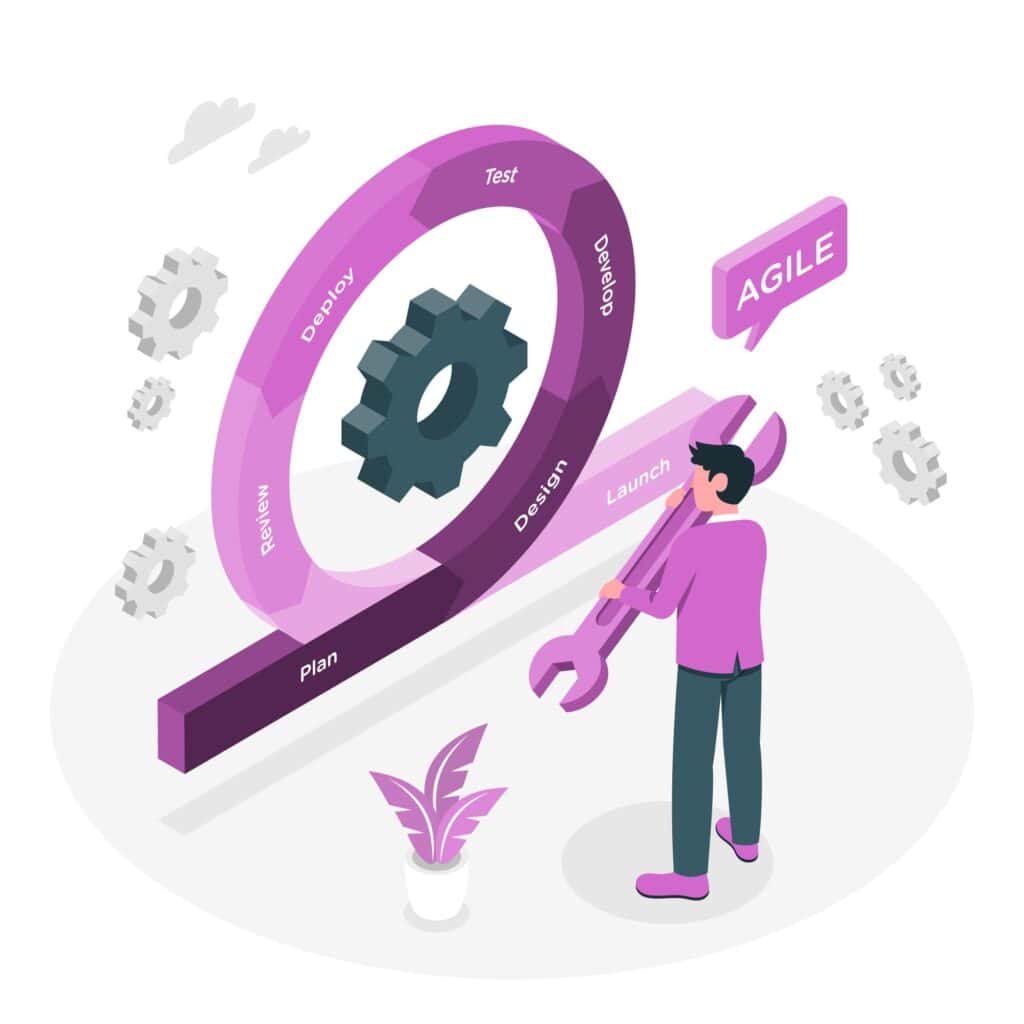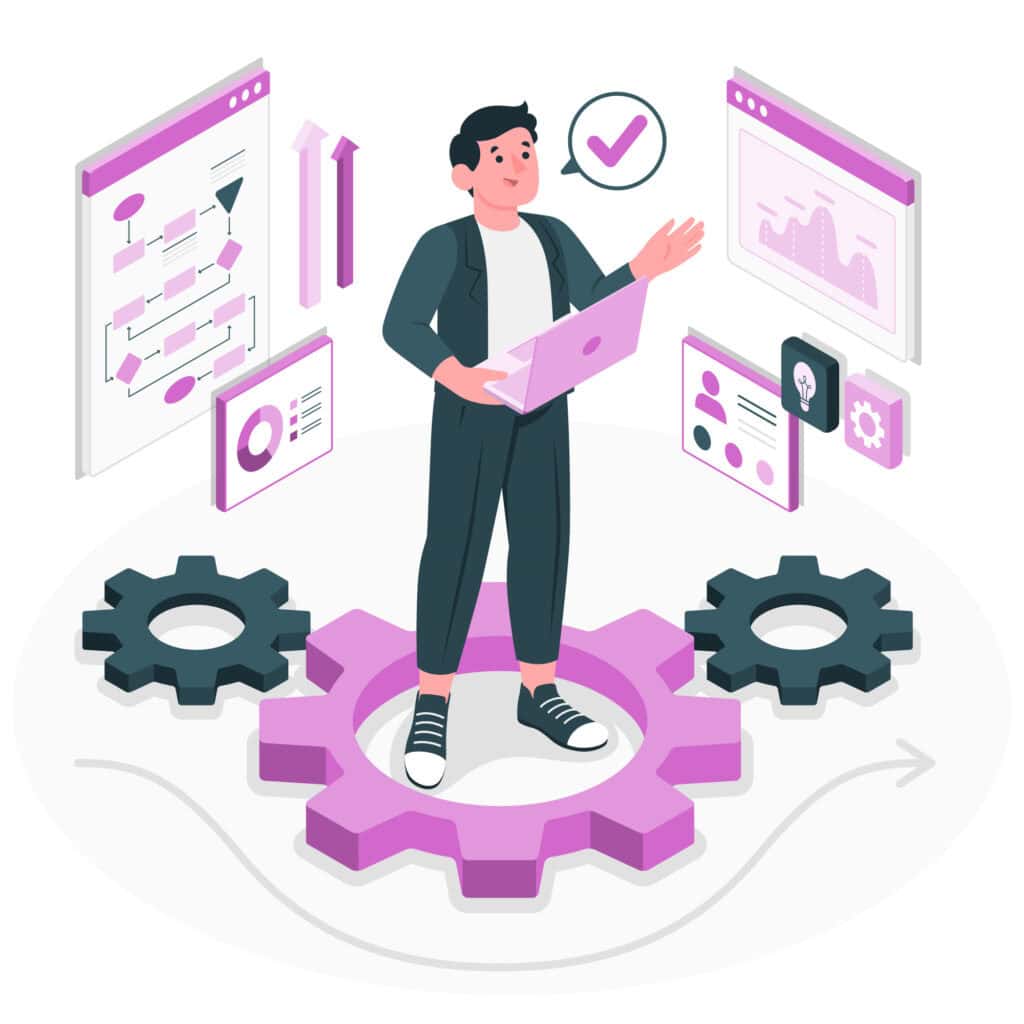Ensuring a successful ServiceNow implementation is not a mystery. By following a carefully crafted roadmap, you can navigate challenges and achieve the results you want.
1. Establish a Clear North:
2. Putting People First:
3. Assemble the Dream Team:
4. A Custom Fit:
5. Integrity: The Fundamental Basis:
6. Empowering Users Through Knowledge:
7. The Continuous Hug of Support:
8. Continuous Improvement: The Neverending Journey:
By following this detailed roadmap, you'll be on your way to unlocking ServiceNow implementation success and achieving the desired benefits for your organization.
Remember if: This guide serves as a starting point. Tailor it to your specific needs and context to ensure a unique and successful implementation journey.

The implementation of ServiceNow goes beyond simply installing software. It is a comprehensive process that redefines and simplifies business processes through a robust cloud-based platform.
A Complete Range of Solutions:
ServiceNow offers a comprehensive suite of services, from IT service management (ITSM) and operations until customer service and human resource management, all unified in a single system.
Strategic Alignment: The Key to Success
The crucial element for a successful ServiceNow implementation lies in its alignment with the organization's broader objectives and goals. This synergy ensures that the platform is used to support and improve strategic business operations.
Tangible Benefits:
By aligning ServiceNow capabilities with their business objectives, organizations can achieve:
ServiceNow is not just another tool, it is a transformation platform that drives organizations to success in the digital world.
Remember if: The key to success lies in careful strategic planning and customized implementation aligned with your organization's specific needs and objectives.

The first step to a successful ServiceNow implementation is charting the right path. This means defining a clear vision and a robust strategy that aligns with your organization's needs and the transformative potential of ServiceNow.
Building a Solid Strategy:
Documenting the Current Journey:
Selecting the Right Tools:
Remember if: The key to success lies in a deep understanding of your needs and ServiceNow capabilities. With careful strategic planning and customized selection of modules and features, you can unlock the platform's full transformative potential and achieve exceptional business results.

The key to a successful ServiceNow implementation lies in a qualified and engaged team. This multidisciplinary team must be made up of experts in different areas to ensure a comprehensive and complete approach.
Essential Team Members:
The Multiplier Force of Certified Partners:
Partnering with certified ServiceNow experts adds invaluable value to the implementation process. These partners bring with them:
Remember if: Choosing the right team members and partners is crucial to ensuring a smooth, efficient and effective implementation journey. Invest in experienced and qualified professionals who are committed to the success of your project.

This in-depth guide will take you through each crucial implementation step, from installation to activation.
1. Building the Foundation:
2. Customization and Integration:
3. Empowering your Team:
4. Testing and Refinements:
5. Activation:
Remember if:

Navigate your ServiceNow implementation journey with confidence and achieve exceptional results with a solid delivery methodology.
Structure for Inevitable Success:
Change Management:
Project Management – The Foundation for Effective Implementation:
Dynamic Service Strategies – Adapting to Evolving Needs:
Remember if: The key to success lies in adopting a structured approach, adapting to changing needs and communicating effectively with all stakeholders. With the right tools and strategies in hand, you'll be ready to unlock the transformative potential of ServiceNow and achieve exceptional results.

Implementing ServiceNow is just the beginning of an exciting digital transformation journey. To ensure that the platform continues to add value and drive the success of your organization, it is essential to adopt a culture of continuous improvement.
KPI Monitoring: The Compass for Success
Feedback Cycle: Listen to Improve
Continuous Management and Refinement: An Endless Journey
By adopting these best practices, you ensure that ServiceNow becomes a strategic asset for your organization, providing ongoing value and driving long-term success.
Remember if: The key to success lies in a commitment to continuous improvement. By closely monitoring ServiceNow's performance, collecting user feedback, and regularly improving the platform, you ensure it continues to meet your organization's changing needs and contribute to lasting success.

Avoid common pitfalls with this in-depth guide that addresses the top five challenges companies often face during implementation.
1. Setting the Course: The Importance of a Clear Vision
2. Empowering Your Team: Comprehensive Training for Success
3. Implementing Masterfully: Following Best Practices
4. Managing Change Effectively: Navigating the Transition Smoothly
5. Ongoing Management: Optimizing for Long-Term Success
Remember if: The success of your ServiceNow implementation depends on careful strategic planning, effective execution, and an ongoing commitment to improvement. By wisely navigating challenges and adopting best practices, you'll be on your way to transforming your organization with the transformative power of ServiceNow.

Here is a detailed checklist to help guide you through the process:
1. Setting the Course: Establishing a Clear ServiceNow Vision
2. Assembling the Ideal Team: Building a Team of Experts
3. Detailed Assessment: Analyzing your ITSM Processes
4. Developing the Implementation Strategy: Defining the Roadmap for Success
5. Adopting Best Practices: Learning from the Experience of Others
6. Effective Implementation: Putting ServiceNow into Action
7. Post-Implementation Management: Ensuring Continued Success
